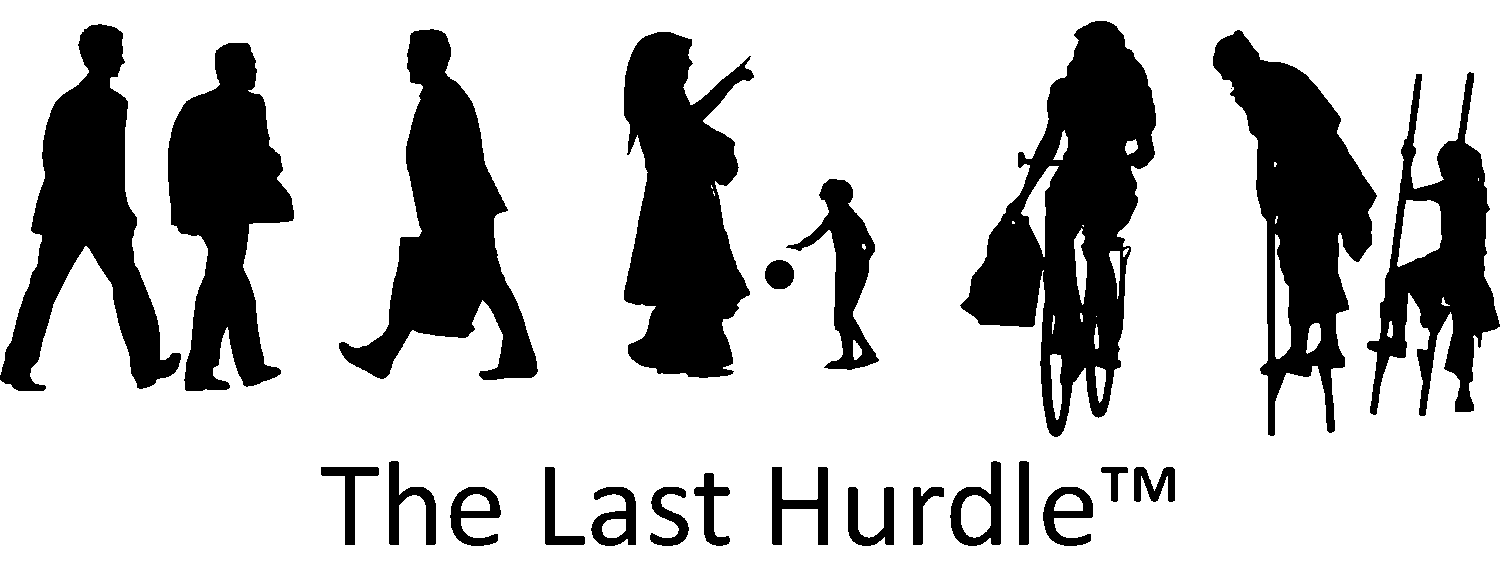Loss Leaders and Small Businesses Don't Mix
Loss leaders and small businesses don’t mix. The idea sounds simple—take a perfectly good product, slash the price and offer it to potential customers. At first glance, it can seem like a good way to build a customer base, encouraging people to try your product or service and then return for more (at full price, of course), maybe even recommending you to their friends.
After all, everyone loves a bargain, right?
Loss Leaders and Small Businesses Don’t Mix
The issue with schemes like Groupon, or loss leader tactics, is that they require you to sell your product or service at a loss. Why would anyone willingly do that? Not only can this approach damage your chances of generating repeat business if handled poorly, but it may also hurt your reputation in the marketplace. Imagine trying to raise your prices by 15%—challenging, isn’t it? Now imagine trying to raise them by 80%, which is essentially what you’ll need to do if you want to convert loss-leader customers into loyal, full-paying clients.
Here are some additional pitfalls of using loss leaders:
- Compromising on quality: You may not set out to do this, but subconsciously, you might treat these customers differently because they’re getting your product or service at rock-bottom prices.
- Misdirected word of mouth: Instead of telling their friends how great your products are, customers may only talk about the fantastic deal they got.
- The wrong type of customer: Groupon customers are loyal to Groupon, not to your business!
Yes, in certain situations, loss leaders can help build a customer base. There are entrepreneurs who swear by this method as an effective marketing tool. But here’s a recent personal experience that highlights why I’m not such a fan.
My Experience with a Loss Leader
For our wedding anniversary, I booked a spa day through Groupon as an additional treat for my husband and me. When we arrived at the spa, no one greeted us, and we were left to navigate the place on our own. That might have been standard for them, but it gave our discounted spa day an inauspicious start. When we eventually found someone to show us to the changing rooms, it took another guest to explain that we needed padlocks for the lockers—something the staff failed to provide (thankfully, the guest gave me hers). My hour-long facial only lasted a little over 40 minutes, and the beautician, who had a cold, sniffled throughout, making it a less-than-relaxing experience.
I don’t entirely blame the spa. After all, they had been forced to accept bookings at significantly reduced prices. Rather than seeing this as an opportunity to impress and gain repeat customers, the staff seemed to treat us as a burden. They rushed through the experience without any of their usual attention to detail. Despite booking and agreeing on arrival and treatment times, the lack of welcome made us feel more like a nuisance than valued guests. Most tellingly, no one made any attempt to up-sell—no suggestions for drinks, food, extra treatments or even a return visit. What a wasted opportunity!
The goal for the spa, when they agreed to this Groupon deal, was surely to attract more customers. Unfortunately, the result was far from that. The discounted rates seemed to foster a mentality of providing a lesser service for customers who weren’t paying the full price. My husband and I left the spa feeling unimpressed and certainly not eager to return. Worse still, we’re not likely to recommend it to friends and instead, here I am telling you what a let-down the experience was—a far cry from what the organiser wanted to achieve.
The Bottom Line
The problem with loss leaders is that while they may increase your number of sales, they can damage your profit margins and more importantly, your reputation. Loss leaders might work in certain industries, but for the most part, loss leaders and small businesses don’t mix.
Have you had any experiences with these kinds of deals, either as a business owner or a consumer? Let us know!





